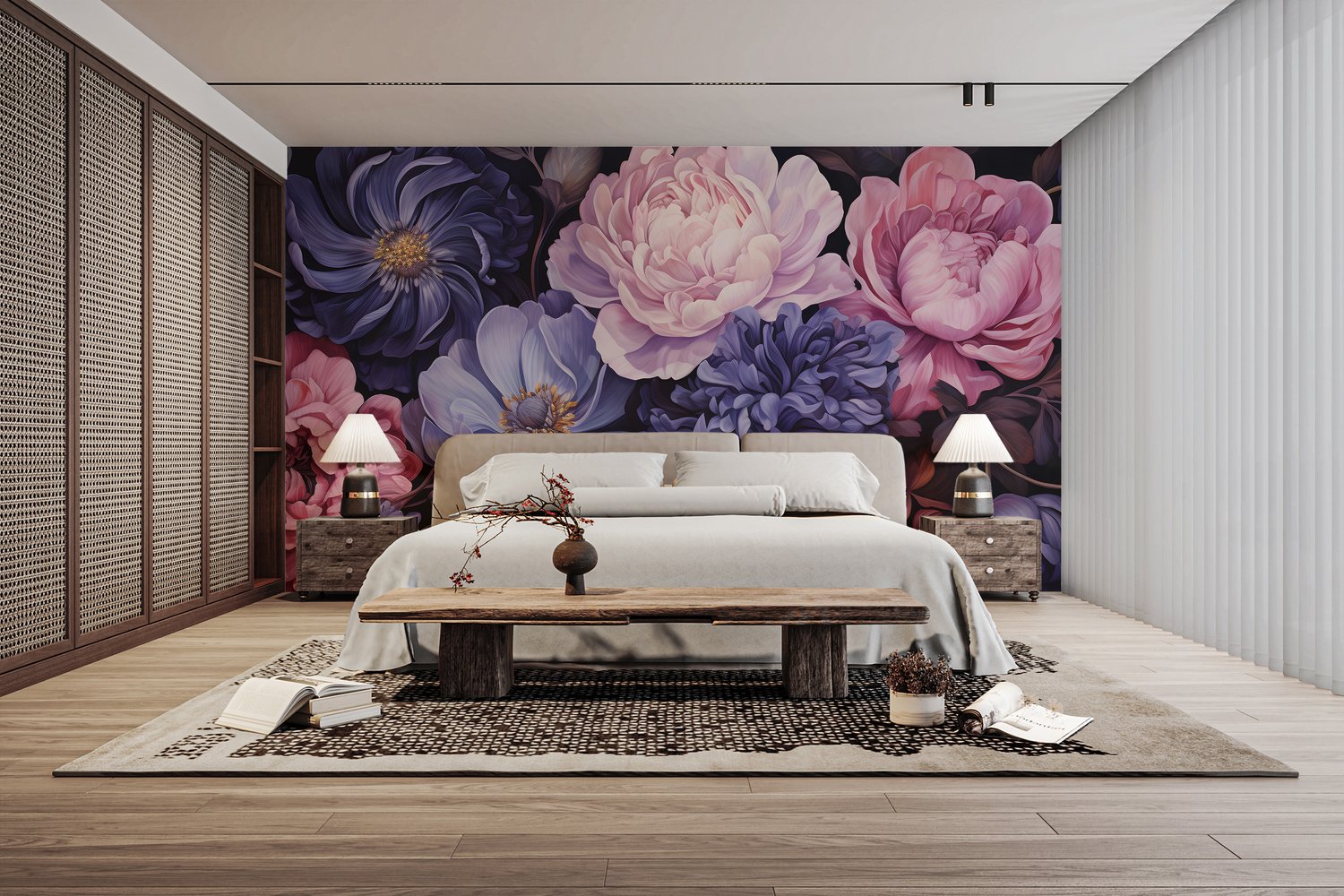Mural wallpaper can completely shape how a space feels. Whether you’re working with a quiet bedroom, a lively kitchen, or a home office, there’s a mural design that fits. From bold statements to soft textures, mural wallpaper gives you a way to reflect your style without changing your furniture or layout.
This guide shares how to think about mural wallpaper choices based on the room, mood, and surface area you’re working with.
Start with the Mood of the Room
Each room in your home has its own purpose. A bedroom usually calls for something calm and soft, while a hallway or kitchen might suit something more colorful or pattern-heavy. Mural wallpaper often has larger prints or scenes, so it helps to match the design to the energy of the room.
In a home office or creative space, people often go for murals that help with focus or inspiration. There are many helpful wall murals ideas that include landscapes, geometric art, or abstract forms that feel fresh but not too loud. This kind of wallpaper supports the function of the space while giving the walls some personality.
Use Maximalist Designs for Personality
For rooms where you want the walls to be the center of attention, bold patterns work well. Maximalist wallpaper designs are becoming more common in dining rooms, entryways, and powder rooms. These designs often include layered prints, bright color combinations, or oversized graphics.
While these designs can be expressive, they still need balance. If the wallpaper covers a full wall, use simple furnishings or neutral floors to keep the room from feeling crowded. Maximalist wallpaper works well in spaces where you want to show personal taste, especially in social areas of the home.
Look for Texture in the Design
Many mural wallpapers include texture in the artwork or the material. You don’t always need a real textured surface to give your walls depth. There are some great popular textures designs available in print, such as faux concrete, linen, or watercolor brush strokes. These work well in living rooms or bedrooms, where soft edges and subtle patterns are preferred.
If you're not sure what texture works for your space, try peel-and-stick samples. These are helpful for checking how the wallpaper will look with your lighting and furniture.
Make a Statement in the Kitchen
The kitchen is a great place to try mural wallpaper, especially if you want to change up your walls without going through a full renovation. Many people think wallpaper isn’t suitable for kitchens, but that’s not true. There are designs that work well even in small kitchen corners or under open shelves.
For seasonal ideas and mood-friendly prints, check out these kitchen wallpaper ideas. Soft florals, citrus motifs, or clean patterns in calming colors can refresh the feel of your kitchen without feeling overdone. Wallpaper is also a smart choice if you want something more personal than tile or paint.
Try Accent Walls First
If you're new to mural wallpaper, start with a single wall. This works well in bedrooms, behind sofas, or in entryways. An accent wall lets you try the design without it taking over the whole space. It also gives you the chance to see how it looks with your room’s natural light and your existing décor.
For smaller rooms or apartments, mural wallpaper with a wide landscape or vertical lines can help the space feel more open. Avoid very dark or heavy prints unless the space has enough light to support it.
Final Thoughts
Styling with mural wallpaper is about finding what fits the space and your day-to-day life. Think about function, color, pattern scale, and how often the room is used. Whether you like the bold look of maximalism, the calm of natural textures, or something fun for the kitchen, there’s a mural wallpaper design that can work for you.
If you plan thoughtfully, the wallpaper becomes part of the space—not just a decoration, but something that supports how the room feels and works.

